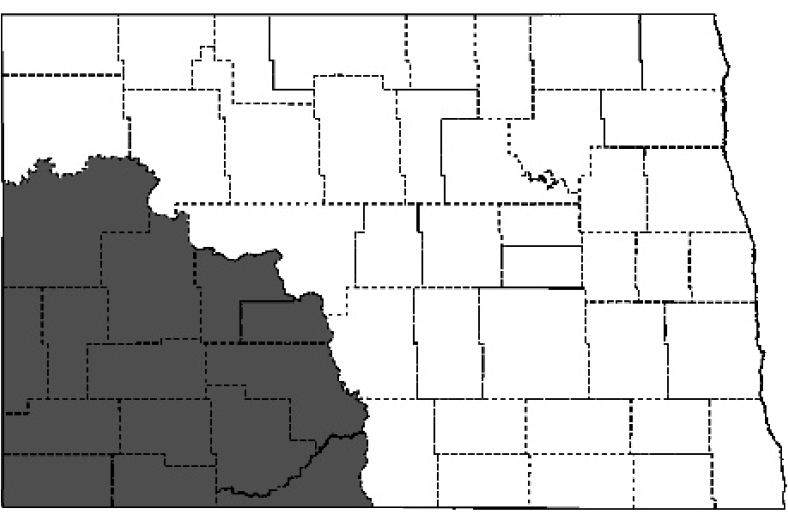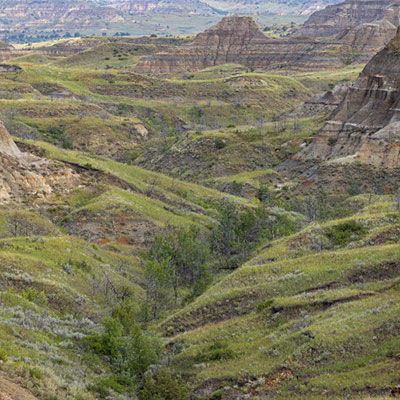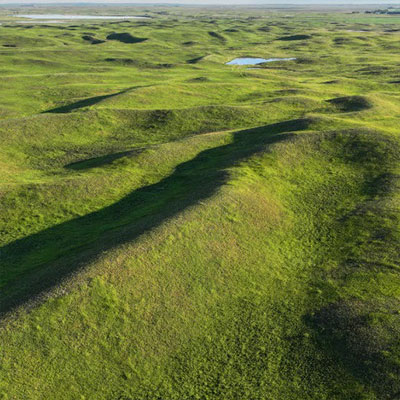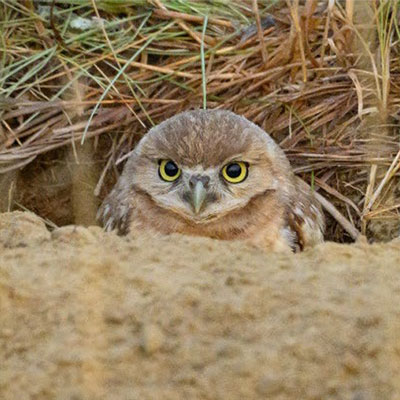Black-tailed Prairie Dog

NDGF
North Dakota’s largest ground squirrel, it is yellowish tan on its back and lighter on the belly. It has a short tail with a black tip. Found in colonies of many individuals.
Status in North Dakota
Year-round resident.
Reason for SWAP Designation
Black-tailed Prairie Dog habitat has been reduced to 1% of its historic amount.
The combination of grassland conversion and concentrated poisoning are the main causes of their population decline.
Numerous grassland species depend on Black-tailed Prairie Dogs for habitat and food, including other species of conservation priority such as Burrowing Owl and Ferruginous Hawk.
Threats
Loss of suitable Black-tailed Prairie Dog habitat is a major problem.
Habitat loss is attributed to conversion of grassland to agricultural land.
Historically, Black-tailed Prairie Dog range encompassed 12 million acres, of which 10% was occupied at any one time.
The most recent survey estimated the North Dakota has roughly 15,000 acres.
Poisoning of Blacktailed Prairie Dog colonies has resulted in loss of local populations.
Research and Monitoring
WAFWA surveyed BTPDs in North Dakota in 2015 using a Balance Accepted Sampling (BAS) method.
ND intends to continue this survey method.
This methodology is used by many of the 13 states in the range of the Black-tailed Prairie Dog.
This standardization will allow for better data for range wide assessments of population.
Management Recommendations
- Work with private landowners to develop grazing management practices that consider the season, duration, distribution, frequency, and intensity of grazing use on areas to maintain vegetation on both upland and riparian sites.
- Where appropriate, incorporate the use of mechanical, chemical, and biological methods of weed control to manage noxious weeds.
- Work with private landowner to incorporate prescribed land treatments into livestock management practices to develop sustainability of biological diversity.
- Monitor the effects of shooting. The NDGFD has the authority to place restrictions on shooting if necessary.
- Monitor the effects of plague on populations. Implement plague management if necessary.





